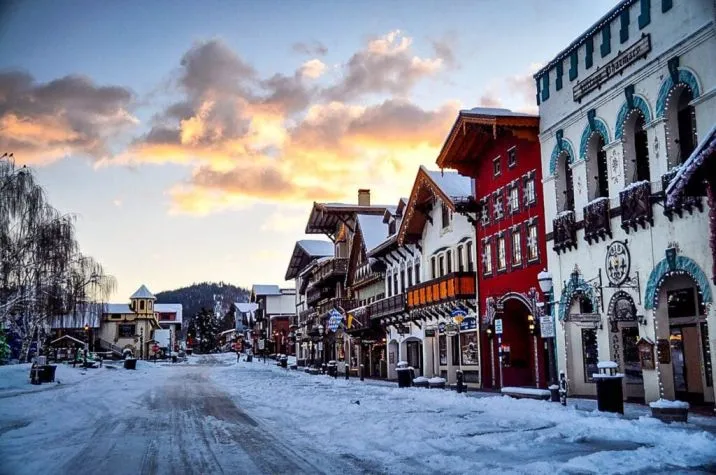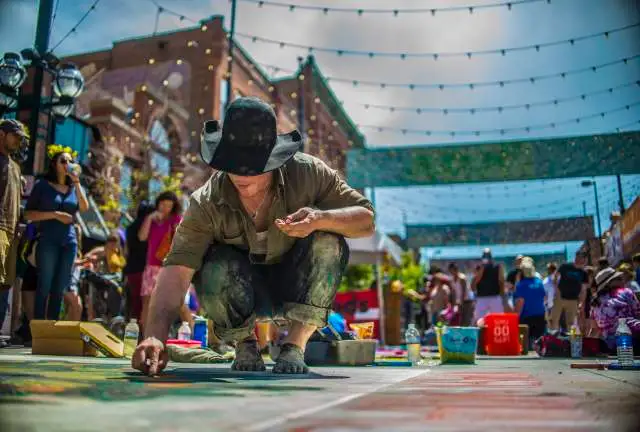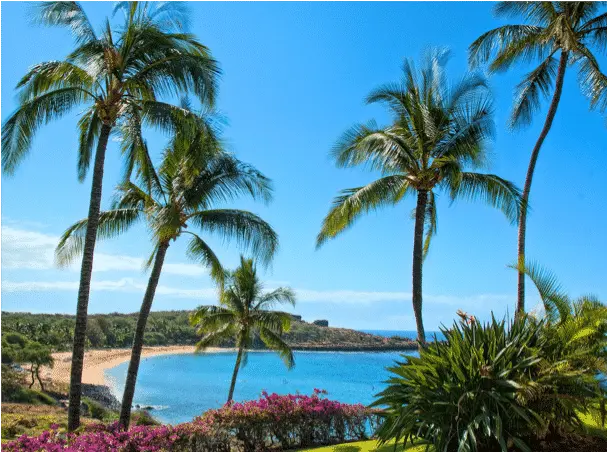10 Things You Probably Didn't Know About Louisiana
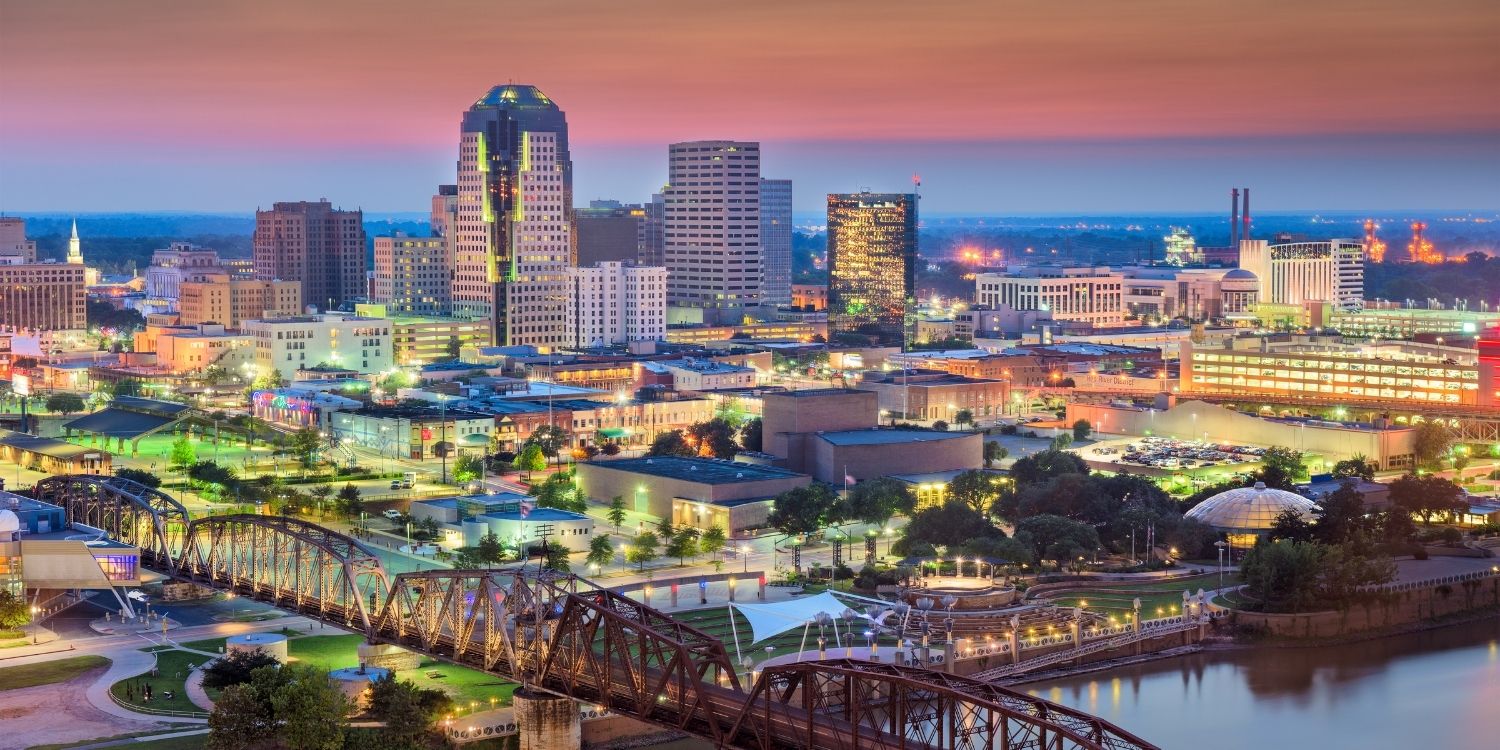
Louisiana is known for its rich and fascinating culture, characterized by a mix of French, Spanish, African and Native American influences. Jazz music, voodoo, and Cajun cuisine are all native to Louisiana, and the state hosts numerous festivals throughout the year, including Mardi Gras and the New Orleans Jazz Fest.
In addition to festivals, music and food, Louisiana also has a unique landscape, with a vast network of swamps and marshes. A great way to explore the state is to take a trip along the Mississippi River, from Baton Rouge to New Orleans, with stops in several river cities.
Here are all the things that make Louisiana unique:
10 things that Louisiana is famous for
1. Cajun cuisine
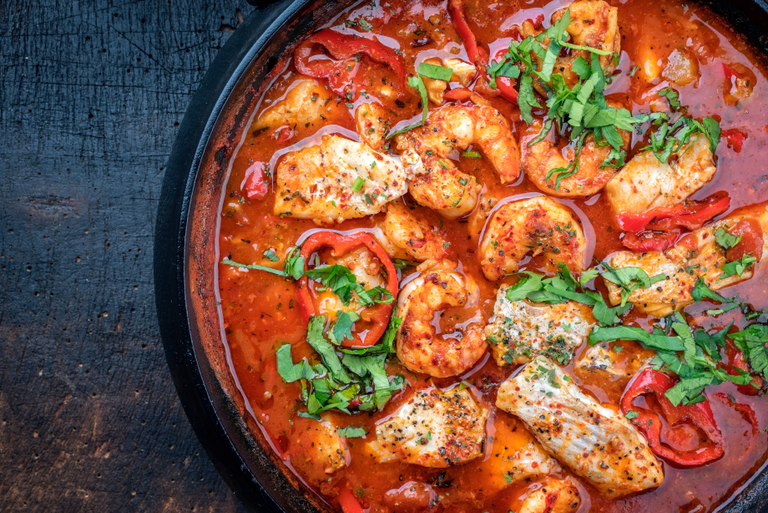
Cajun cuisine is a style of cooking originating from Louisiana. It is based on the traditional cuisine of the Acadians, descendants of the French settlers who lived in Acadia, today's eastern Canada. They were expelled by the English during the Great Revolt of the 18th century, and many ended up in Louisiana.
The Acadians brought their food traditions with them and, over time, adapted them to the climate, landscape and ingredients of their new homeland. Traditions from other cultures, particularly African American and Native American, have also been incorporated into the cuisine.
Cajun cuisine today is a blend of West African, French and Spanish influences. It is known for its use of spices and herbs, as well as aromatic vegetables such as green peppers, onions and celery.
When visiting Louisiana, you should not forget about preparation You can enjoy popular Cajun dishes like jambalaya, gumbo, and crab étouffée.
2. Jazz
A jazz musician plays the trumpet in New Orleans
New Orleans is the birthplace of jazz music and there are clubs throughout the city where you can see live jazz performances. Every spring, the city hosts Jazz Fest, which takes place at the Fair Grounds Race Course and attracts thousands of visitors each year.
Over the years, Louisiana has produced many famous jazz artists, including Louis Prima, Buddy Bolden, King Oliver and Louis Armstrong.
3. Mississippi River
Mississippi River, Baton Rouge
The Mississippi River is the second longest river in North America and stretches 2,340 miles from Minnesota to the Gulf of Mexico, crossing 10 states along his path. .
At the end of its journey in Louisiana, the river passes through cities such as Tallulah, Vidalia, Morganza, Plaquemine, St. Francisville, Baton Rouge and New Orleans. . If you're in the mood for an epic road trip, consider the Great River Road, which follows the river through all of these towns.
4. Mardi Gras
Mardi Gras or Fat Tuesday is a celebration that culminates on Fat Tuesday, the last day before the start of Lent. It's a time when people can eat delicious foods like Bolo Rei (a sweet cake with a plastic baby inside) and drink alcohol before giving up their vices for 40 days.
Mardi Gras celebrations in New Orleans date back to 1730, when the holiday was celebrated in elegant ballrooms.
In the 1830s, New Orleans held parades and street parades featuring horsemen, carriages, and gas torches known as "torches." Over the years, Carnival has become more elaborate, with dazzling floats, colorful costumes and masquerade balls. Purple, green and gold ended up being adopted as the official colors of Carnival; Purple represents justice, gold represents power, and green represents faith.
5. Voodoo
Voodoo is a religion originating from Louisiana and the southern United States. It comes from a combination of different religions; Roman Catholic Christianity, West African religions, and Haitian voodoo.
When West African slaves arrived on ships from Africa in the 18th century, they brought their spiritual practices in Louisiana. . These rituals and practices later merged with those of the local Catholic population and continued during the Spanish occupation. Subsequently, many Haitians fleeing the Haitian Revolution arrived in Louisiana and brought Haitian voodoo with them. Thus Louisiana Voodoo was born.
Voodoo is mainly associated with nature and spirits and the connection with these spirits can be established through various rituals. Rituals often include singing, dancing, and offerings to invoke the spirits. Voodoo practitioners often have altars in their homes and wear gris-gris amulets (talismans) that can protect or cause harm.
6. Po' Boys
Shrimp Po Boy
Po Boys is a type of French bread sandwich filled with various meats and vegetables. Originally from New Orleans, they can be eaten for lunch or dinner. Po-boys are often difficult to eat because they have so many toppings, but that's part of the fun!
On menus across Louisiana you will find cold po'boys, often filled with roast beef or fried seafood such as shrimp, crab, fish or oysters. The magic of Po' Boy lies in the bread, which must be crunchy on the outside but soft on the inside.
7. New Orleans
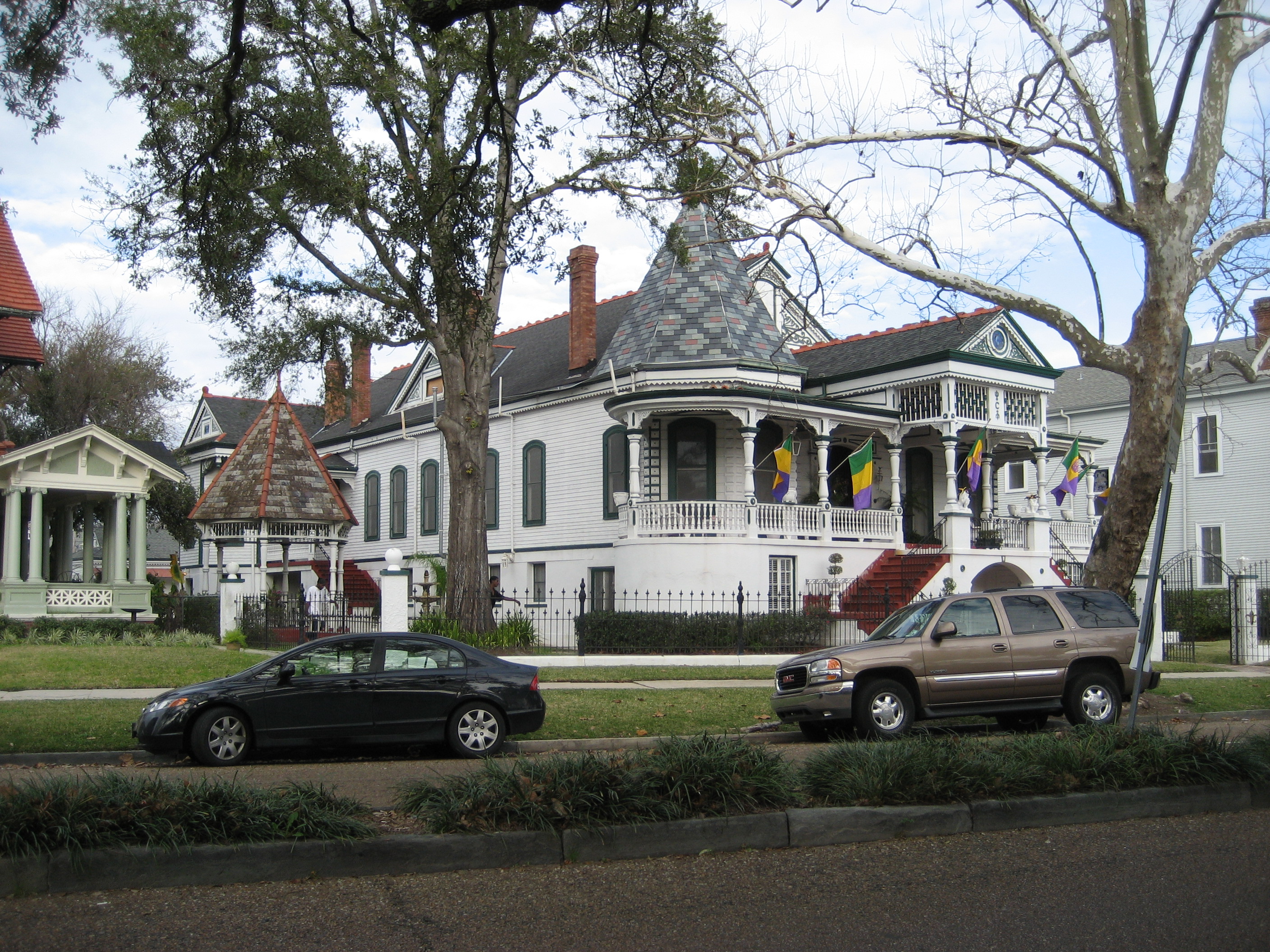
Bourbon Street, New Orleans
New Orleans is the largest city in Louisiana and one of the most interesting tourist destinations in the United States. The city has a vibrant energy, full of jazz clubs, bars and restaurants serving Creole and Cajun cuisine. It is best known for its lively nightlife and is a popular spot for hen parties and singles weekends.
The highlight of New Orleans is the French Quarter, where Bourbon Street is located, one of the most famous streets in the country. This historic street is full of bars, clubs and souvenir shops and is visited by millions of tourists every year. Other popular French Quarter attractions include St. Louis Cathedral, Jackson Square, and Café du Monde, famous for its cream puffs.
Another popular area of New Orleans is the Garden District, a quiet, tree-lined area full of historic homes and beautiful gardens. Here you will find the historic Lafayette Cemetery No. 1, known for its numerous tombs and mausoleums.
8. Swamps and Alligators
New Orleans Swamp Tours
Louisiana is home to approximately three million acres of wetlands that are home to alligators, crabs, pelicans, herons, snakes and other wildlife. If you find yourself in New Orleans, be sure to book an airboat tour to explore the swamps and see some of these wildlife up close.
The Cajun - Second Second according to legend, the Rougarou, a mythological creature with a human body and a wolf's head, also lives in the swamps. So stay tuned!
9. Cypress
Cypress trees grow in a Louisiana swamp
Louisiana's official state tree is the bald cypress, native to the southeastern United States. This hardy tree has adapted well to Louisiana's wet, swampy swamps and can grow up to 120 feet tall.
Cypress trees grow slowly and can be recognized by their gray or reddish-brown bark, thin trunk and needle-like leaves. They get the name "bald cypress" because they lose their leaves early in the season.
10. Donuts
Beignets at Café du Monde in New Orleans
Beignets are a New Orleans specialty. It is a fried dough covered in powdered sugar that is usually served as a dessert. You can find these donuts in bars and cafes and sometimes in restaurants. If you want to try the best donuts in New Orleans, go to Café du Monde, where there is usually a long line of hungry tourists waiting outside.

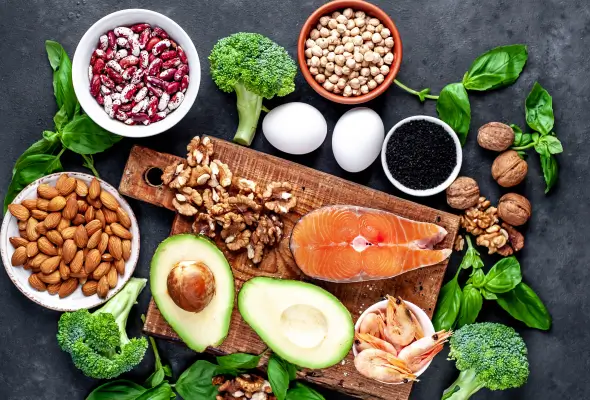
 (1).webp)
.webp)
.webp)
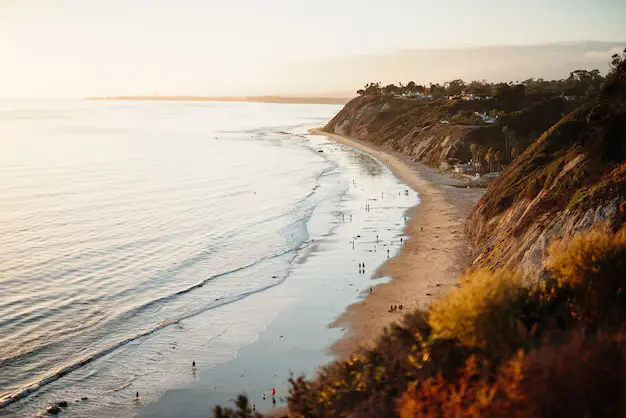
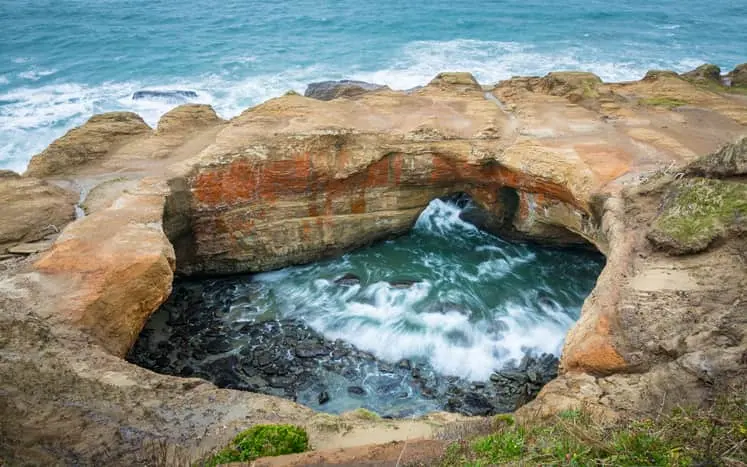

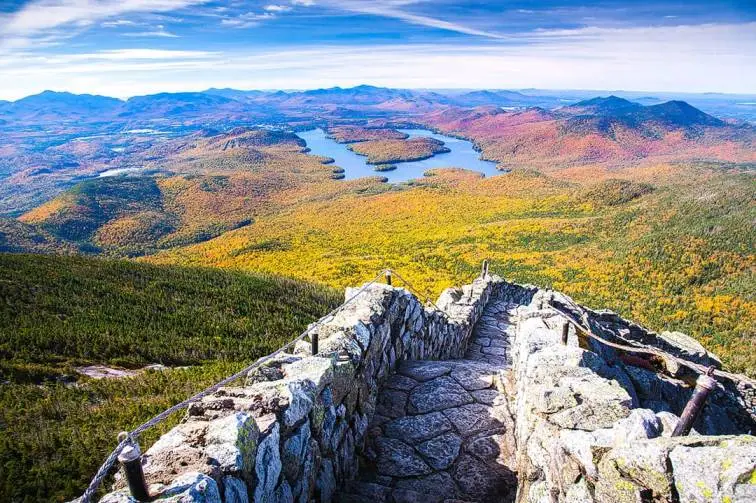
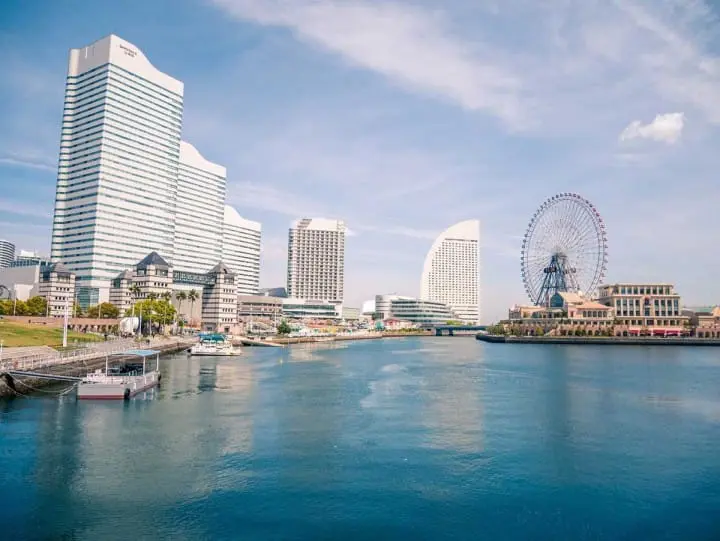
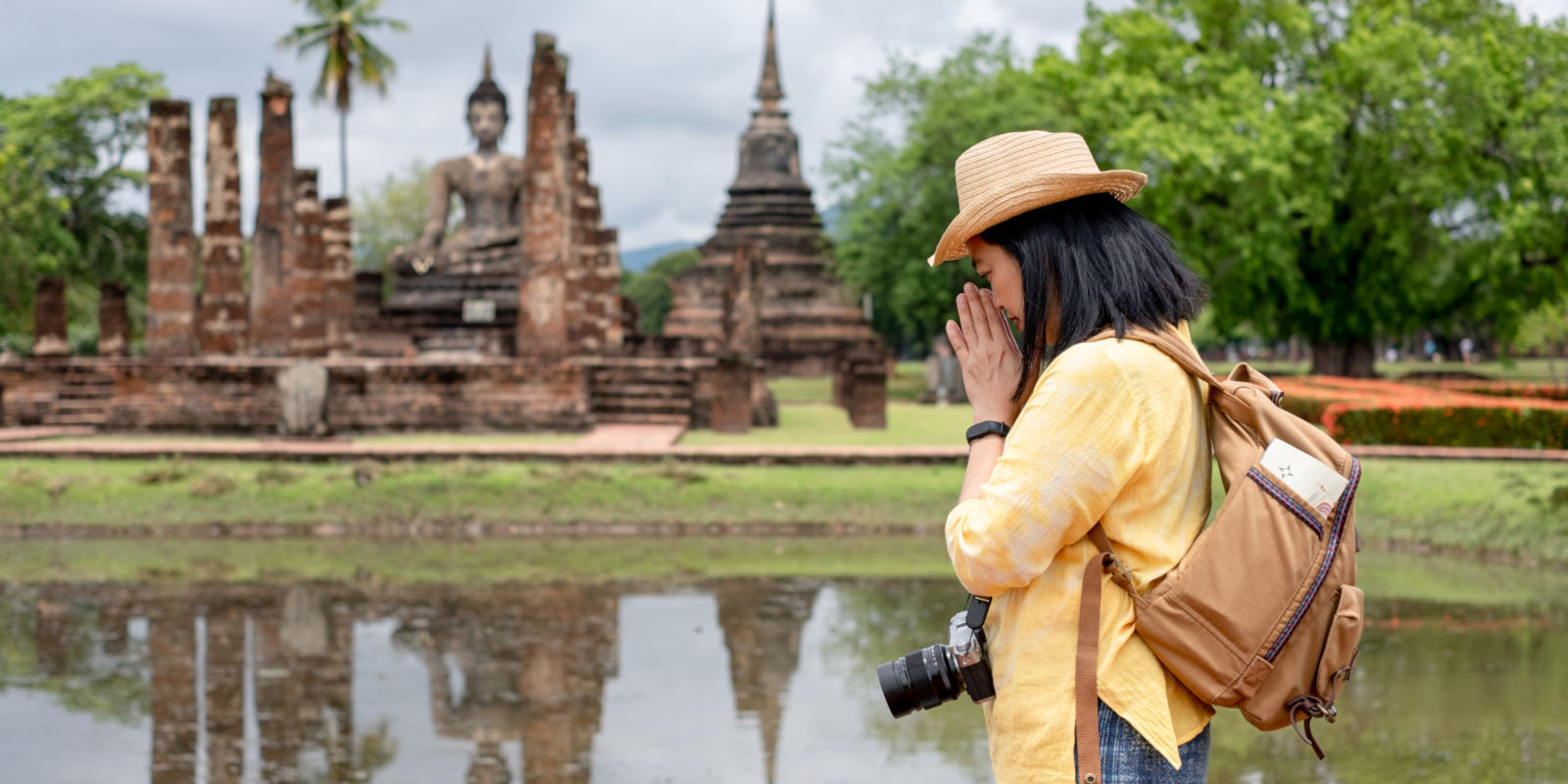

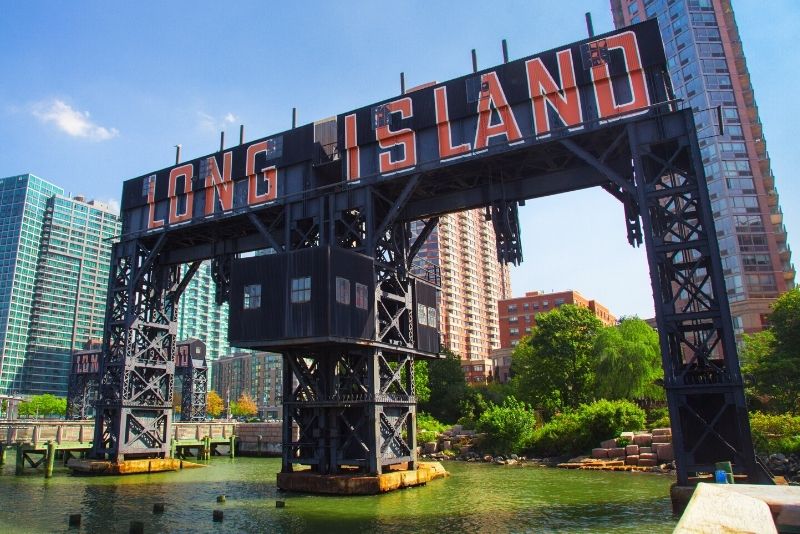


.webp)
